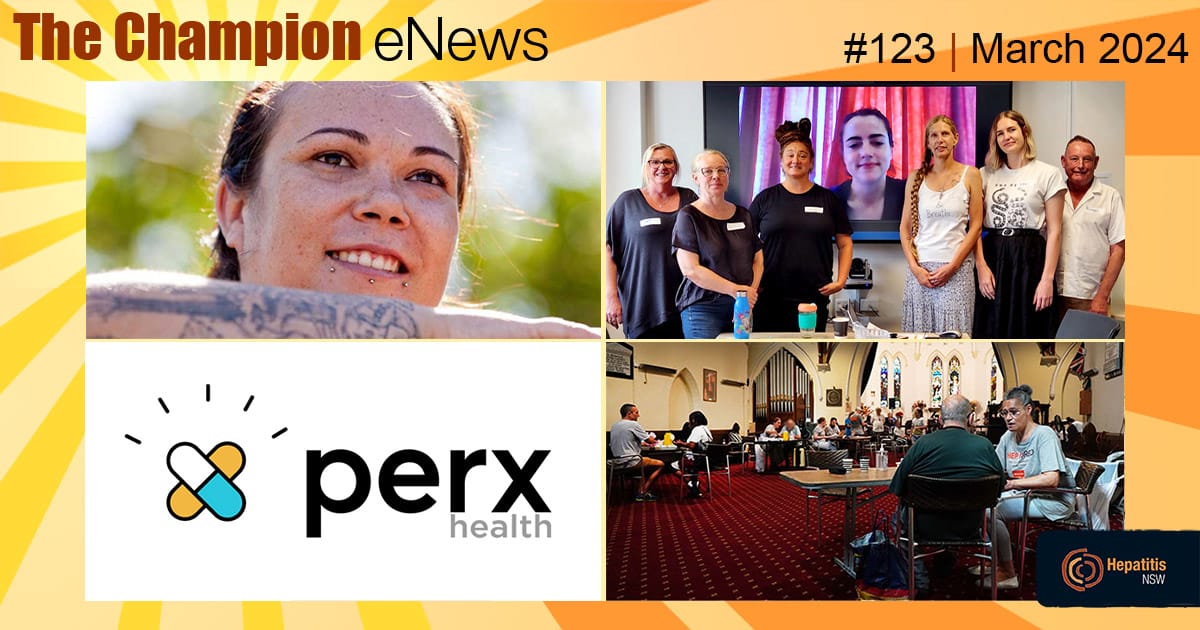
The Champion #123 – March 2024
This issue: The power of peers at EMPOWER Training new peers through our Peer Partnership Program Hepatitis NSW Speaker Service Keeping treatment on track with the Perx app Nurses are the key in Hep C Remote Prescribing Program Hepatitis B Mothers and Babies brochure The power of peers at EMPOWER…
Read MoreLatest News
Lorem ipsum dolor sit amet, consectetur adipiscing elit, sed do eiusmod tempor incididunt ut labore et dolore magna aliqua.

08 April, 2024
The Champion #124 – April 2024
The power of peers at EMPOWER Since its launch last August, Hepatitis NSW’s EMPOWER initiative—a peer-implemented 1-minute hep C antibody…
Read More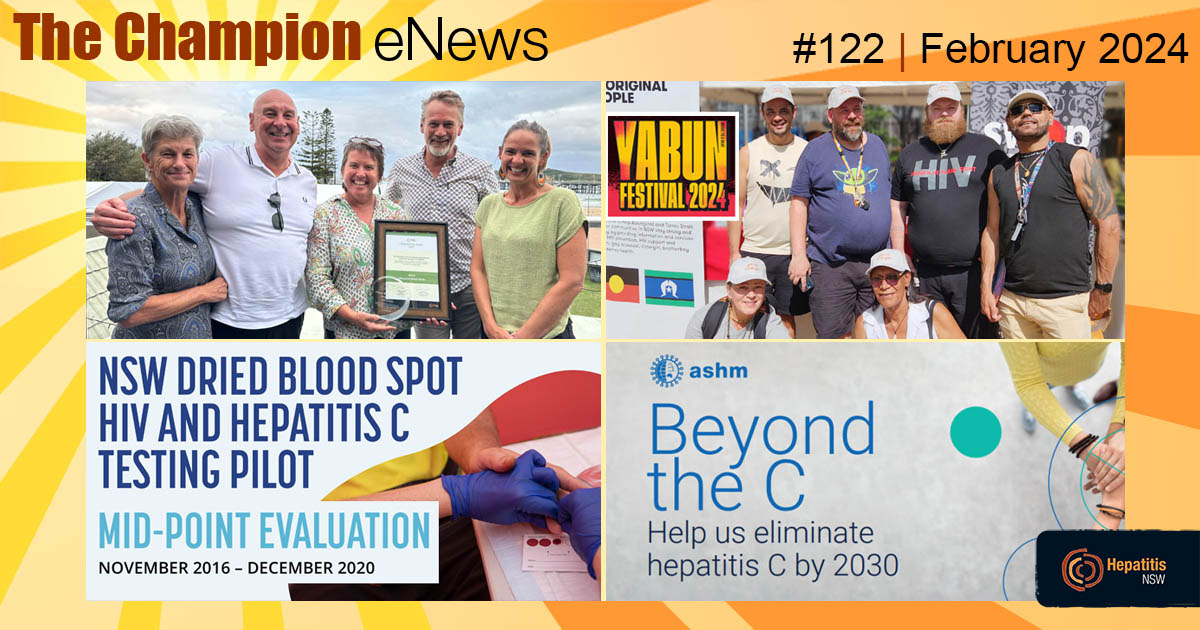
20 February, 2024
The Champion #122 – February 2024
This issue: Congratulations to Alex Wade, winner of the 2023 Hepatitis NSW Cheryl Burman Award Community Health outreach at Yabun…
Read More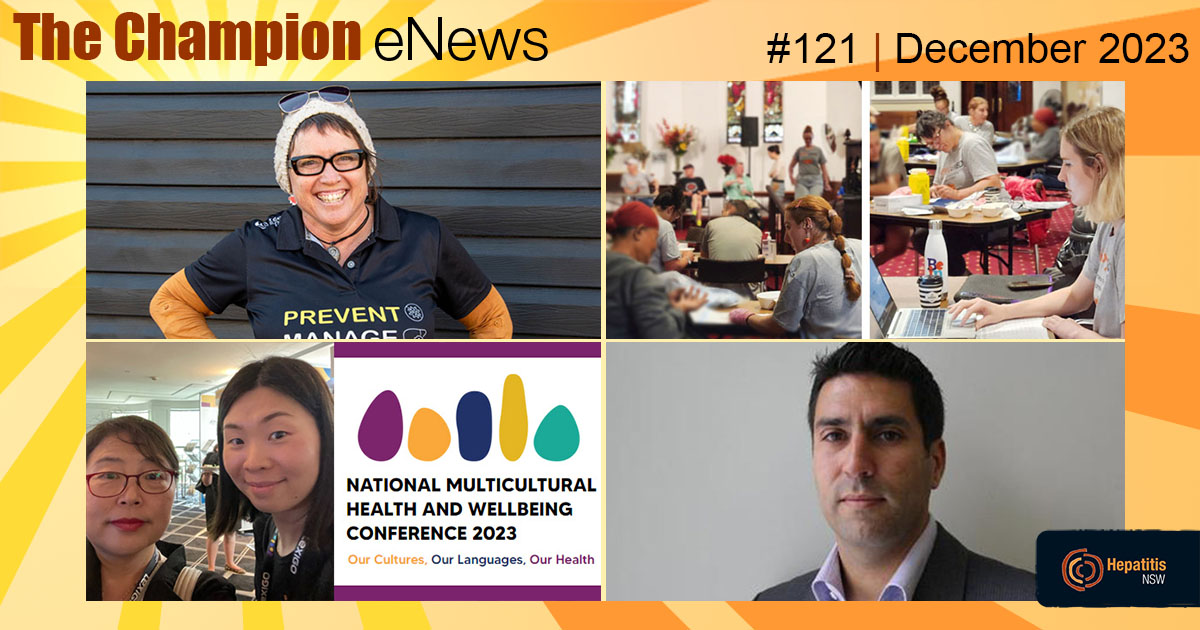
12 December, 2023
The Champion #121 – December 2023
This issue: Alexandra Wade wins 2023 Hepatitis NSW Cheryl Burman Award 2023 Audrey Lamb Community Forum and Annual General Meeting…
Read More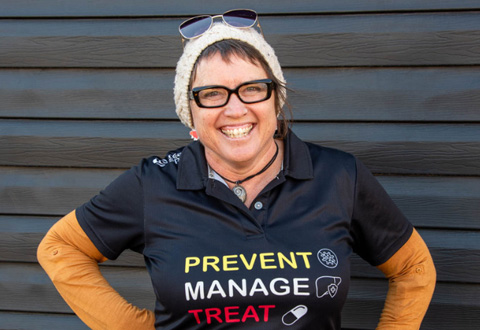
05 December, 2023
Alexandra Wade wins 2023 Hepatitis NSW Cheryl Burman Award
Alexandra (Alex) Wade, the Clinical Nurse Consultant for the Mid North Coast Liver Clinics across the Northern NSW and Mid…
Read More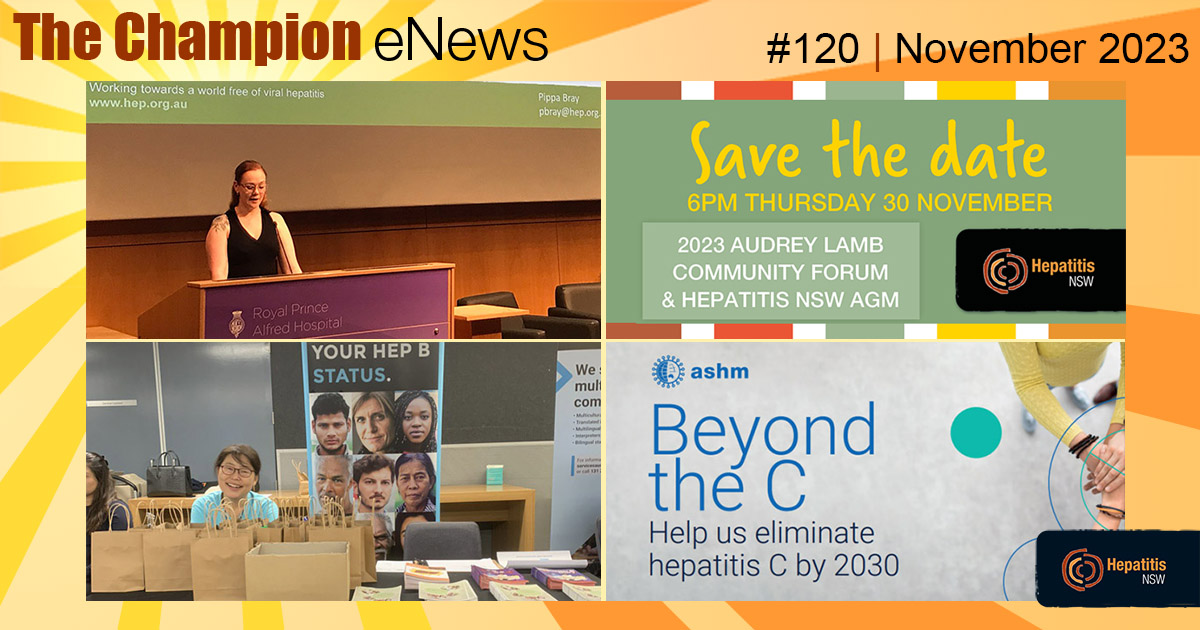
21 November, 2023
The Champion #120 – November 2023
This issue: Bringing EMPOWER to the NSW HARP Forum 2023 Hepatitis NSW at Hello Doctor Day at Granville TAFE Beyond…
Read More
24 October, 2023
The Champion #119 – October 2023
This issue: Hepatitis NSW outreach at Mid North Coast CC Closing The Gap at Koori Knockout 2023 Hepatitis NSW at…
Read More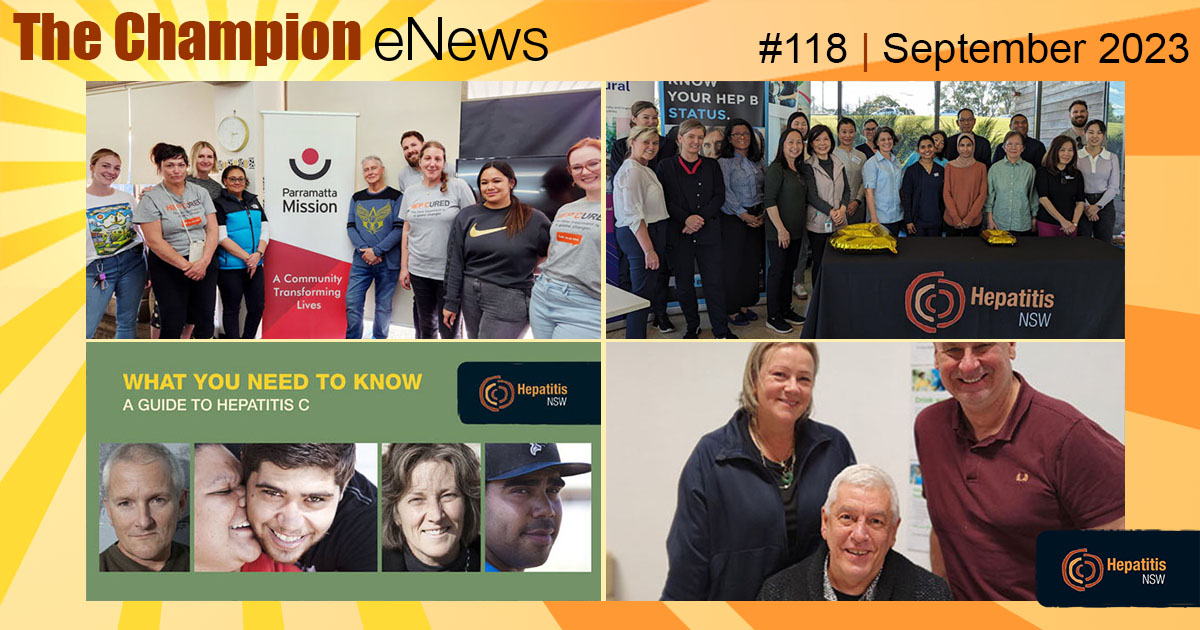
16 September, 2023
The Champion #118 – September 2023
This issue: Nominations now open for the Hepatitis NSW Cheryl Burman Award Peers are Superheroes: EMPOWER Project kicks off in…
Read More
24 August, 2023
Hep C testing showcase highlights cross-collaborative successes
Sydney, 20 July 2023 The Sydney Local Health District has hosted a showcase presentation of its local novel outreach model…
Read More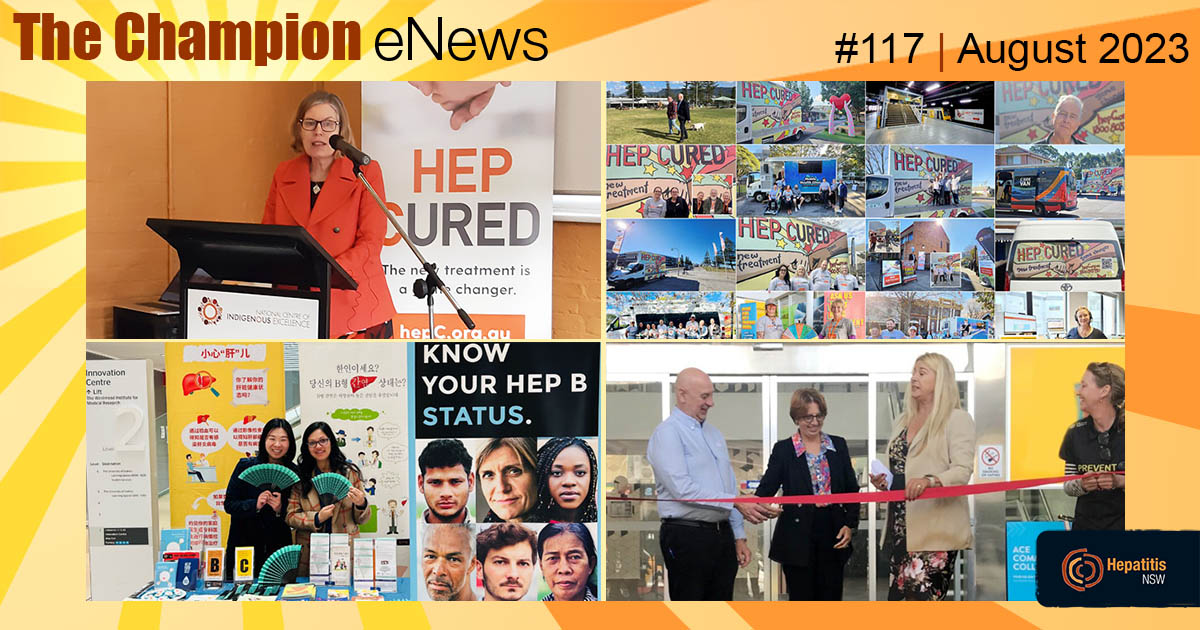
24 August, 2023
The Champion #117 – August 2023
This issue: World Hepatitis Day with Dr Kerry Chant at NCIE Community fanfare for momentous relaunch of the Lismore Liver…
Read MoreTX! Mag
TX! Mag is our hep comic, exploring journeys with hep B and C, using real life stories as inspiration.


![Tx! MAG #26 [HEP B]](https://www.hep.org.au/wp-content/uploads/2024/04/TxMAG26-cover-1-423x371.jpg)
![Tx! MAG #28 [HEP C]](https://www.hep.org.au/wp-content/uploads/2024/04/TxMAG28-423x371.jpg)
![Tx! MAG #29 [HEP B]](https://www.hep.org.au/wp-content/uploads/2024/04/TX29cover-422x371.jpg)




